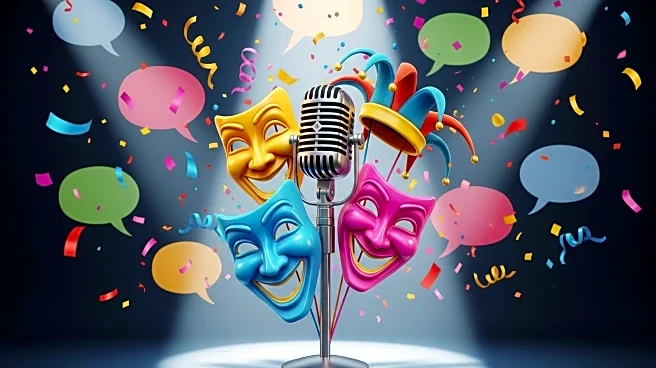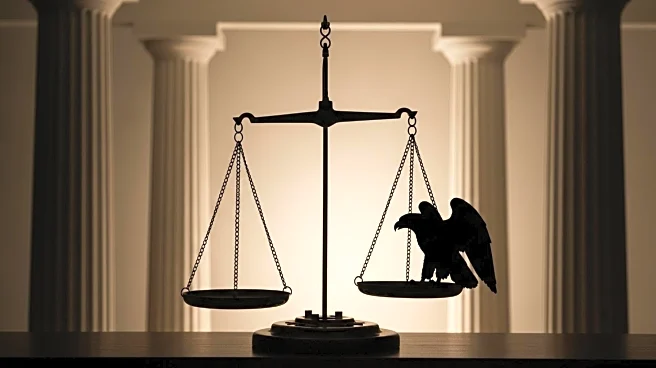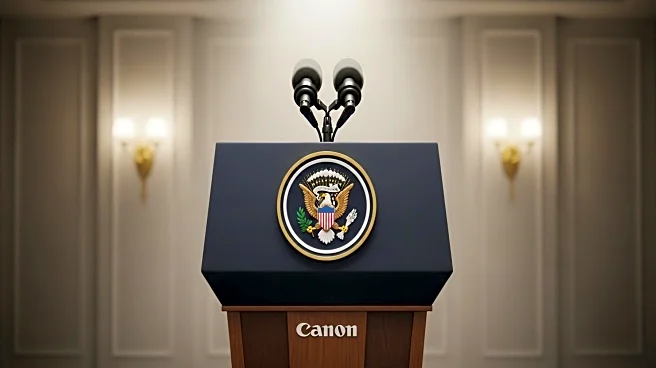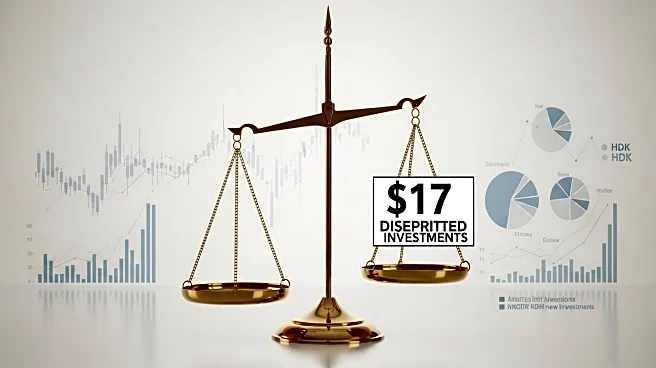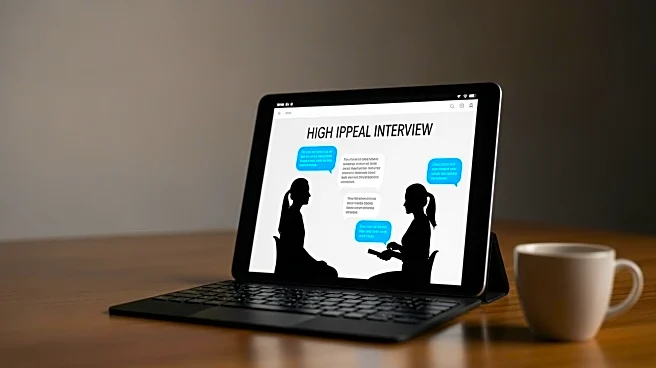What's Happening?
During a recent speech to military leaders at Quantico, President Trump addressed the topic of language restrictions, specifically mentioning a word he described as one of the two N-words that Americans should not use. This statement was part of a broader discussion on language and its impact on society. The speech has sparked discussions and reactions, particularly from comedians on the show 'Have I Got News For You,' who attempted to guess the word in question. The show, which airs on CNN, featured a segment where comedians humorously speculated on the word President Trump referred to.
Why It's Important?
The discussion initiated by President Trump highlights ongoing debates about language use and censorship in the United States. Language, especially words deemed offensive or inappropriate, plays a significant role in societal norms and cultural discourse. President Trump's comments may influence public conversations about free speech and the boundaries of acceptable language. The reactions from comedians and media personalities underscore the tension between maintaining freedom of expression and addressing potentially harmful language. This issue is particularly relevant in the context of political discourse and media representation, where language can shape public perception and policy.
What's Next?
The conversation around language restrictions is likely to continue, with potential implications for public policy and media practices. Stakeholders, including political leaders, media outlets, and civil rights organizations, may engage in further discussions to address the balance between free speech and the need to prevent harm caused by offensive language. Public reactions and media coverage will likely influence how this issue evolves, potentially leading to new guidelines or policies regarding language use in public and media settings.
Beyond the Headlines
The ethical implications of language restrictions touch on broader cultural and societal values. The debate raises questions about who decides what language is acceptable and the criteria used to make such determinations. It also highlights the role of media in shaping and reflecting societal norms. As language evolves, so too does the need for ongoing dialogue about its impact on different communities and the importance of inclusivity and respect in communication.

